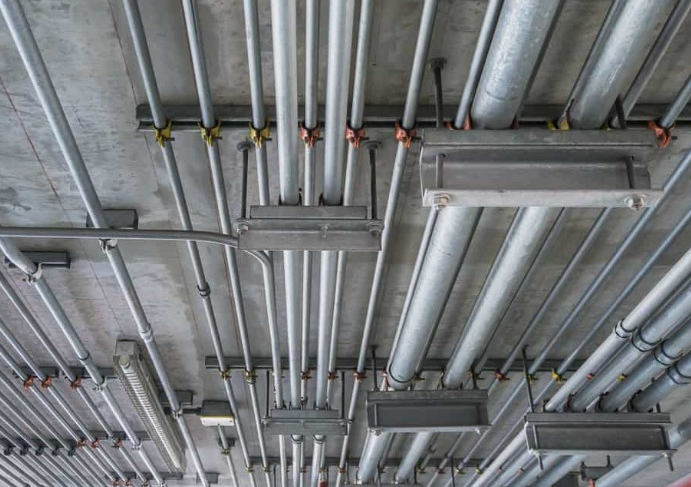Estimating the labor required for an EMT (Electrical Metallic Tubing) conduit installation project is an important step in the planning process. Properly estimating the amount of labor needed can help ensure that the project stays on schedule and within budget.
To estimate the labor required for an EMT conduit installation, you will need to consider a variety of factors. These include the size and complexity of the project, the experience and skill level of the installation team, and any unique challenges or obstacles that may be encountered during the installation process.
Here are some steps to help you estimate the labor required for an EMT conduit installation project:
Step 1: Determine the size and scope of the project
The first step in estimating the labor required for an EMT conduit installation project is to determine the size and scope of the project. This will include factors such as the number of conduits that need to be installed, the length of each conduit, and the number of bends and angles required.
To determine the size and scope of the project, you will need to review the project plans and specifications. This will give you a clear understanding of the project requirements and the materials that will be needed for the installation.
Step 2: Consider the experience and skill level of the installation team
The experience and skill level of the installation team will also play a role in determining the amount of labor required for the project. An experienced team will be able to work more efficiently and may be able to complete the installation more quickly than a less experienced team.
When estimating the labor required for the project, it is important to consider the experience and skill level of the team that will be working on the installation. If the team is less experienced, it may take longer to complete the installation, and more labor may be required.
Step 3: Account for any unique challenges or obstacles
Every project is different, and there may be unique challenges or obstacles that need to be taken into account when estimating the labor required for the project. For example, if the installation is in a confined space or if there are obstacles that need to be worked around, it may take longer to complete the installation.
When estimating the labor required for the project, it is important to account for any unique challenges or obstacles that may be encountered. This will help ensure that the project stays on schedule and within budget.
Step 4: Calculate the labor required
Once you have taken all of these factors into account, you can calculate the amount of labor required for the project. To do this, you will need to estimate the number of hours that will be required to complete the installation.
When calculating the labor required, it is important to be realistic and conservative in your estimates. It is better to overestimate the amount of labor required than to underestimate it, which could result in delays and cost overruns.
Step 5: Adjust the estimate as needed
As the project progresses, you may need to adjust your estimate of the labor required. This could be due to unforeseen circumstances, changes in the project scope or requirements, or other factors.
To ensure that the project stays on track, it is important to regularly review and adjust your estimate of the labor required as needed. This will help ensure that the project is completed on time and within budget.
In summary, estimating the labor required for an EMT conduit installation project is an important step in the planning process. By taking into account factors such as the size and scope of the project, the experience and skill level of the installation team, and any unique challenges or obstacles that may be encountered, you can create a realistic and accurate estimate of the amount of labor required. This will help ensure that the project stays on schedule and within budget, and that the installation is completed safely and efficiently.


